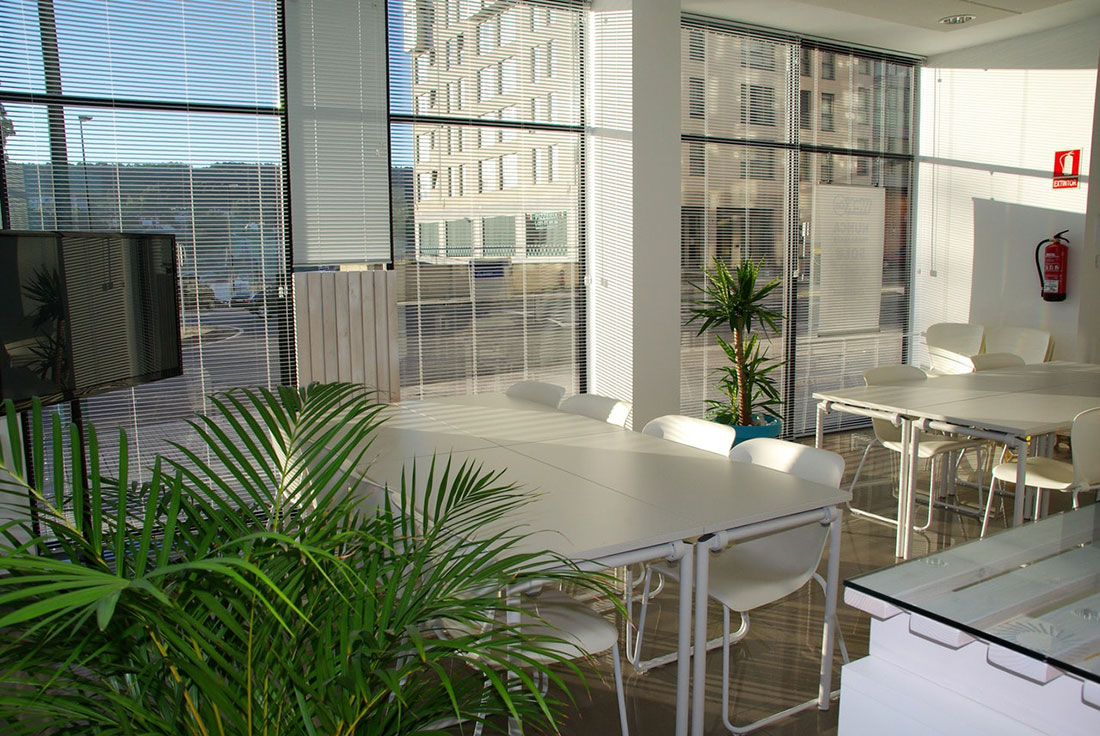
Businesses across the globe pay a ludicrous amount of money for utility bills. They represent the biggest overhead expense for an average company, but it does not have to be that way, you know. There are multiple smart ways to keep energy spending in check and improve the suitability of operations. In a nutshell, you need to implement energy-efficient technology and build everyday habits that complement it. This combo promises to trim utility bills, minimize the environmental footprint, and boost the bottom line. It is a clear win-win.
Heating and cooling
Heating and cooling account for the lion's share of energy spending. Luckily, it is possible to make a big difference by adjusting the thermostat. Here, you can adhere to the guidelines provided by The Occupational Safety and Health Administration, which prescribe 68-76 degrees Fahrenheit as optimal. The level should naturally be lower in summer and higher in winter. Purchasing a programmable thermostat is another must-consider measure in this area. It takes the efficiency to the next level, "learning" your daily patterns and fine-tuning them according to preferences.
IT infrastructure
A habit of leaving the computers and other power-hungry devices on after a workday is the source of great energy waste. Even in sleep and hibernation mode, computers consume power, which is why turning them and the monitors off should be done every time. Plugging the computers into a power strip makes things easier, while power-saving mode helps idle devices. Furthermore, consider moving data servers to the cloud instead of having to power dedicated equipment to store it locally. Finally, digitize everything you can, be it business documentation or meetings.
Lighting makeover
Another key step toward efficiency is revamping the light infrastructure. Simply put, light emitting diodes (LED) and compact fluorescent light (CFL) bulbs are superior to incandescent light bulbs. They cost more upfront, but their longevity and energy-efficiency make up for it many times over. LED lights, for instance, last up to 50,000 hours and operate on 7 watts of electricity. Compared to that, incandescent bulb lasts only 1,200 hours and devours 60 watts of electricity. LED bulbs also contain no toxic mercury, which means disposing of them is a breeze.

Choosing the right energy provider
Another thing to do is inspect whether you are overpaying for your electricity, natural gas, water, and LPG. Namely, do the research and compare prices and terms. Note that smaller local providers usually feature better deals than large, national corporations. You should be able to find certified companies that can ensure an electricity connection for you in a matter of days. That way, you will be up and running in no time. You can also check whether the provider offers renewable options like wind and solar.
Appliances and equipment
Along the similar lines, evaluate how energy-efficient your office appliances and equipment are, including copiers, printers, routers, refrigerators, ovens, water coolers, vending machines, etc. Ponder buying products that feature an ENERGY STAR label - they are designed with green priorities in mind. They meet strict criteria and tend to be way more efficient than their counterparts without the credential. The costs of buying new equipment may seem unpleasant, but in the long run, it pays dividends, especially if you score juicy rebates.
Embrace renewable energy
Speaking of which, tapping into clean, renewable sources of energy is a great way to build a truly green business. Installing a solar power system, for example, allows you to escape grid dependency and supplement your energy needs. The solar gain and efficiency depend on various factors such as the type of solar system, size of the roof, local climate, etc. Just make sure you have the authority to install such a system on the roof. Also, keep an eye on financial incentives, tax cuts, and other programs offered by your local government and state.
Conclusion
Inefficiency hurts both the planet and your business finances. Considering the availability and affordability of modern technology, it is time to turn a new leaf. Do an energy audit to see how you currently hold up. Identify opportunities to cut consumptions on several fronts, including office devices and equipment and your day-to-day habits. You likely stand to gain a lot. Small changes add up and lead to big savings down the road. Let us also not forget that in this day and age, green businesses also tend to inspire more consumer trust and loyalty.
Guest Author

Robert Clayton is a blogger with a degree in engineering based in Sydney. His interests and passions include DIY, green technologies and home improvement. He also loves good food, music, dogs and enjoys spending time by the ocean. He's a regular contributor for Smooth Decorator, An Australian Home improvement website.
